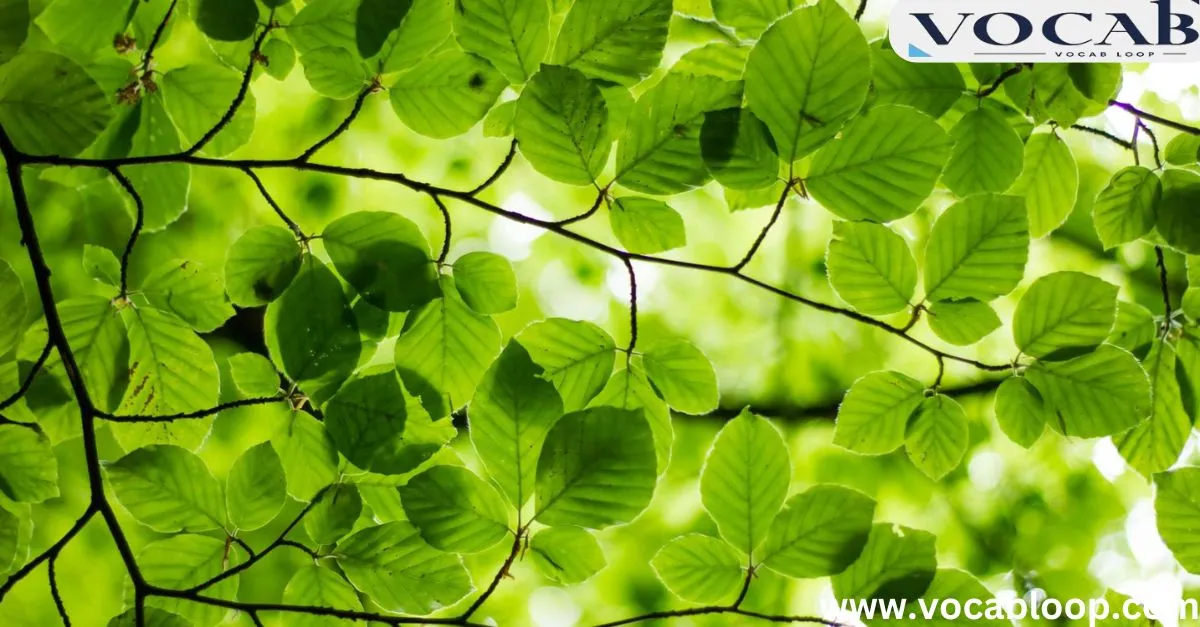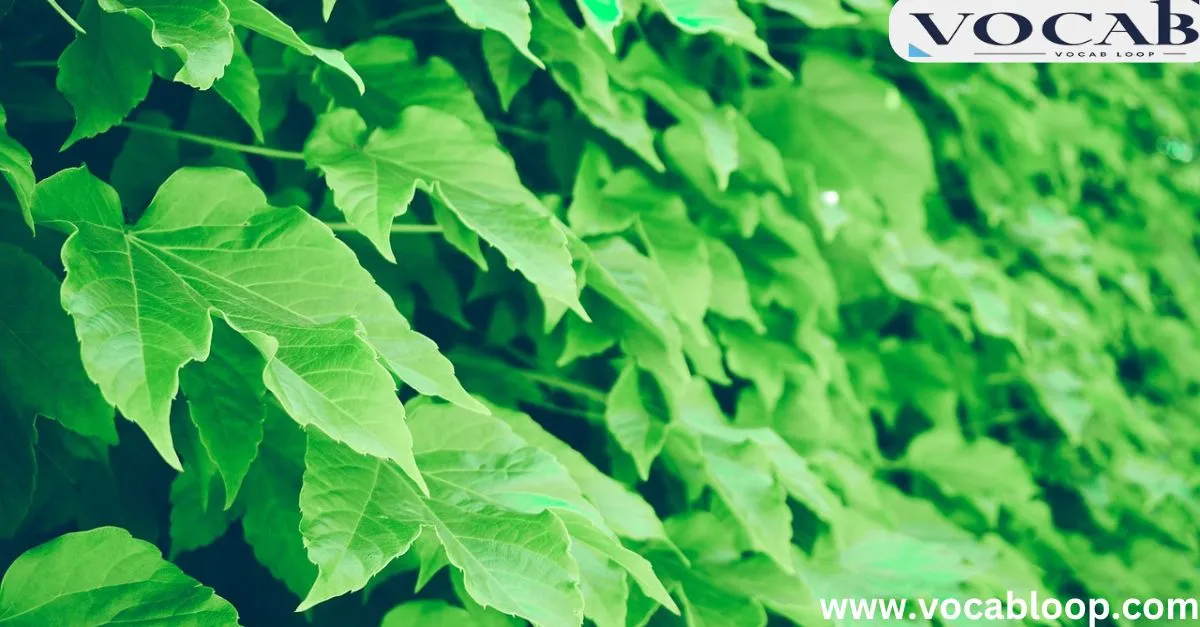“Leafs” or “leaves” both come from the word “leaf” but have different uses. “Leaves” is the correct plural form when talking about plants, while “Leafs” refers to the Toronto Maple Leafs hockey team.
This guide will clarify how to use each term in everyday language, nature discussions, and sports, along with tips to help you remember when to use “leafs” or “leaves” accurately.
Understanding the Difference Between Leafs and Leaves
The terms “leafs” and “leaves” may seem similar, but they aren’t interchangeable. “Leaves” is the correct plural for the green parts of plants.
While “leafs” is either a verb (e.g., “she leafs through a book”) or a proper noun, like in the “Toronto Maple Leafs” hockey team. Knowing these distinctions helps prevent mistakes in both writing and conversation.
Is the Word “Leafs” Correct?

Definition
“leafs” is a verb, meaning “to turn pages” in a book or magazine. When someone “leafs through a book,” they’re flipping through the pages quickly without reading every word.
This usage comes from the idea that pages are like plant parts, moving in a similar way.
Meaning
“leafs” as a verb makes it a bit more unique in English, especially since it’s only used in a few contexts. You might see it in phrases like, “She leafs through the magazine” or “He leafs through the documents.” However, when talking about plant parts or nature, “leafs” is generally incorrect.
“leafs” also has a specific use as a proper noun for the Toronto Maple Leafs. Here, it’s capitalized because it’s a sports team name. In this context, “leafs” doesn’t relate to plant leaves at all but rather to a unique identity in Canadian sports.
Is the Word “Leaves” Correct?

Definition
Leaves is the standard plural form of the noun leaf. It refers to the green, flat plant parts that grow on trees and plants.
Leaves are essential for photosynthesis, which is how plants produce food and release oxygen. This term is commonly used in botanical discussions or when describing foliage.
Meaning
When people refer to multiple leaves, they are generally speaking about the greenery or foliage on plants. The word “leaves” is a staple in nature, botany, and environmental language.
For example, in autumn, leaves fall from the trees, covering the ground in beautiful shades of orange and red. The word “leaves” is essential for talking about trees, seasons, and the natural world.
Quick Summary of Leafs or Leaves
| Term | Type | Example |
| Leafs | Verb or Proper Noun | “She leafs through a book.””The Toronto Maple Leafs” |
| Leaves | Plural Noun | “The tree loses its leaves in autumn.” |
Leafs or Leaves as Parts of Speech

“leafs” and “leaves” have different parts of speech. Leafs is a verb (to leaf through) and can also be a proper noun when referring to the Toronto Maple Leafs.
V Meanwhile, leaves is simply a plural noun, used in writing about leaves in nature or in discussions on foliage and plant parts.
Pronunciation of Leafs and Leaves
The pronunciation of “leafs” and “leaves” is almost identical, but there’s a small vowel shift. “Leaves” has a softer “v” sound, making it easier to distinguish when talking about botanical terms. Practicing these words aloud can help in remembering the difference between the two.
Side-by-Side Comparison of Leafs and Leaves
| Aspect | Leafs | Leaves |
| Usage | Verb or proper noun | Plural noun |
| Common Context | Page turning, Toronto Maple Leafs | Foliage, botany, nature |
| Pronunciation | Similar to “leaves” | Similar to “leafs” |
| Examples | “He leafs through files.” | “The leaves turn colors.” |
Which One is More Acceptable, Leafs or Leaves?
“leaves” is the preferred and correct term for the plural form of leaf. It’s the term used when talking about multiple leaves on trees, bushes, or other botanical settings. The use of “leafs” is quite specific, mostly limited to certain expressions and proper nouns.
It’s always correct to use “leafs” when referring to the Toronto Maple Leafs, the Canadian hockey team. This is a unique usage, stemming from the proper noun status of the name and its identity as a sports term.
Trick to Remember the Difference Between Leafs and Leaves

An easy way to remember the difference is to think of leafs as a proper noun or an action related to page flipping, and leaves as referring to nature.
You can also remember that “leaves” contains the word “trees” within it, making it easier to associate with plants and foliage.
Origins of Leafs and Leaves
Leafs originate from older English where words could be pluralized differently. Today, it’s mostly retained as a specific name for entities like the Toronto Maple Leafs or in expressions.
Leaves has been used for centuries as the plural form of leaf, especially when referring to botanical parts of plants and trees. This term is universal in plant science and biology.
Synonyms of Leafs or Leaves
Leafs (as in the verb “to leaf through”):
- Flips
- Skims
- Scans
- Browses
- Pages through
- Sifts through
- Thumbs through
- Rifles through
- Peruses
- Glances over
Leaves (as in plant foliage):
- Foliage
- Greenery
- Vegetation
- Flora
- Fronds
- Sprouts
- Blades
- Shoots
- Boughs
- Petals
Everyday Usage Examples

Leafs:
- She leafs through her notebook.
- He leafs quickly through the magazine.
- She leafs through the old letters.
- He leafs through the report.
- She leafs through the cookbook.
- He leafs through his album.
- She leafs through her sketches.
- He leafs through the manual.
- She leafs through her files.
- He leafs through the guidebook.
Leaves:
- The leaves fall in autumn.
- There are leaves on the ground.
- He collects leaves for his project.
- The plant has green leaves.
- The leaves rustle in the wind.
- The tree’s leaves are turning yellow.
- She examines the leaves for bugs.
- The leaves create shade.
- He brushes leaves off the sidewalk.
- They press leaves in a book.
FAQs
Can “leafs” mean multiple leaves?
No, leafs is generally used as a verb or proper noun.
Why isn’t “leafs” the plural form of leaf?
English has exceptions, and leaves is the accepted plural form.
Are leafs and leaves pronounced the same?
They sound similar but have a subtle vowel difference.
Do other words follow this pattern?
Yes, like wolf/wolves and knife/knives.
Is leafs ever acceptable in writing?
Only in specific contexts, like referencing the Toronto Maple Leafs.
Conclusion
When to use leafs or leaves makes your writing more accurate and helps avoid confusion. Leaves is the plural for leaf in nature and botanical contexts.
While leafs is a verb for flipping through pages or the name of a Canadian hockey team. Remember these key differences, and you’ll handle these terms with ease!

Alex Hormozi is a seasoned blogger at Vocab Loop, known for his deep insights into language, vocabulary, and grammar. With years of experience in writing, Alex shares practical tips and effective strategies to help readers improve their linguistic skills and enhance their writing abilities.

